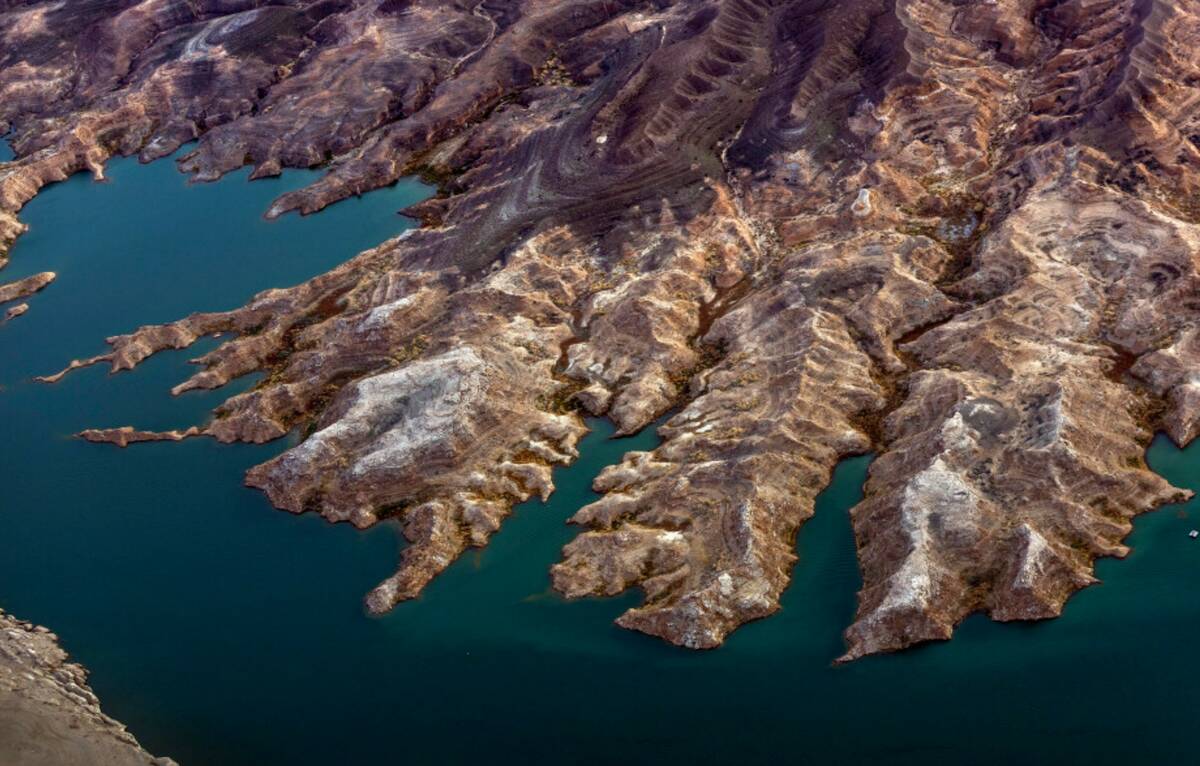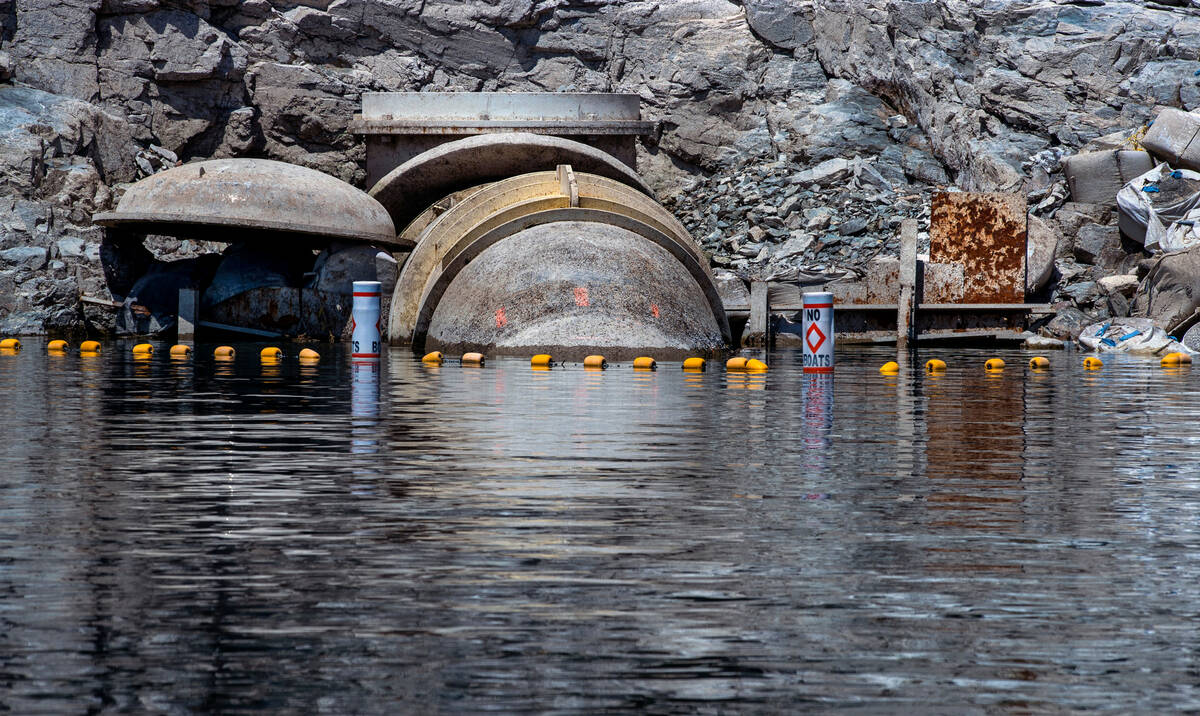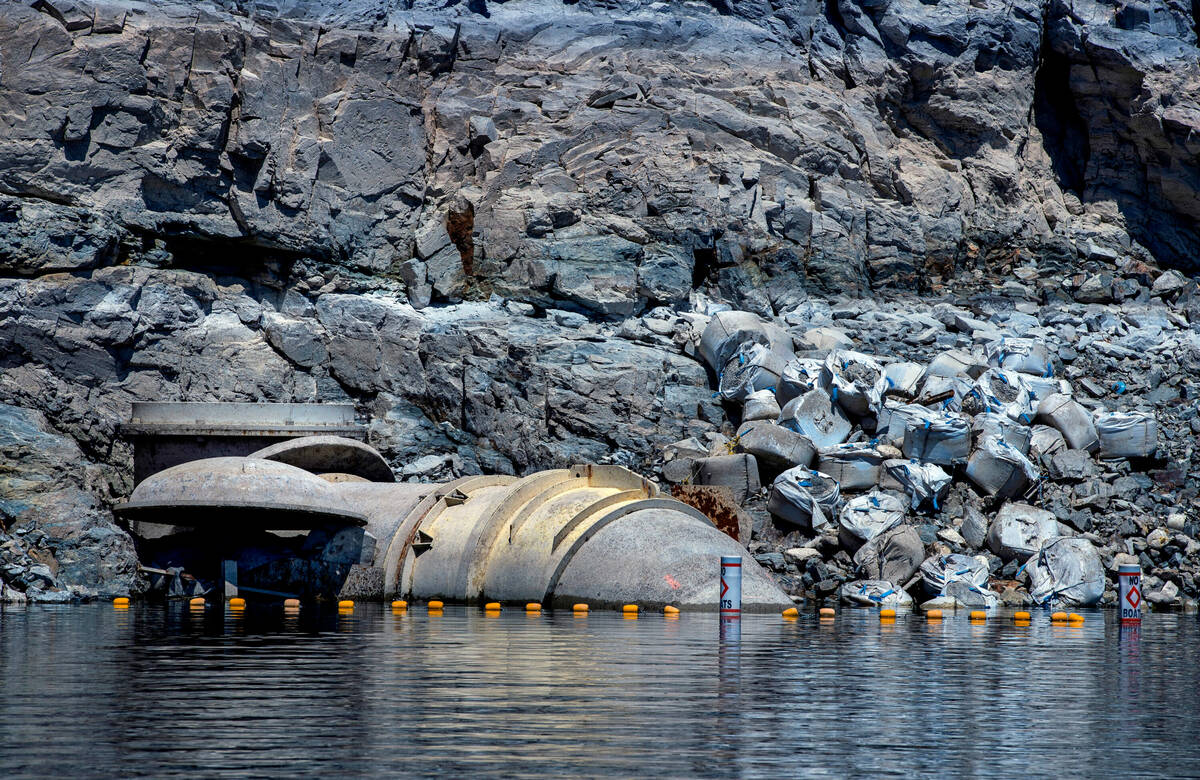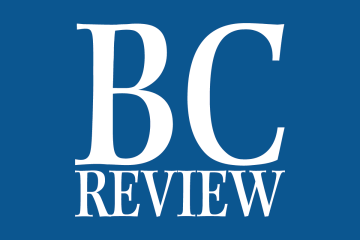Lake Mead may face deeper pumping to protect water quality
The Southern Nevada Water Authority already pumps water to the Las Vegas Valley from near the bottom of Lake Mead. But it may need to pump from even deeper in the shrinking reservoir to protect the quality of that water.
The water authority’s board of directors on Thursday approved spending $1.4 million to evaluate if changes need to be made to the straw that brings water from near the bottom of Lake Mead and determine if the intake should be even lower to ensure that water quality isn’t jeopardized if the nation’s largest reservoir continues its precipitous drop.
The need to evaluate comes less than a year after plunging levels at Lake Mead led the water authority to turn on its low-lake-level pumping station to draw water from the third intake straw and less than three years after the $1.5 billion project was completed.
The third straw was designed to ensure that the authority could continue to deliver water to Las Vegas even if the reservoir fell to dead pool, or where water could no longer pass through Hoover Dam downstream to Arizona, California and Mexico. That intake now sits at 875 feet in elevation, which is 20 feet below Lake Mead’s dead pool.
Southern Nevada Water Authority General Manager John Entsminger told the board that authority officials feel confident in their ability to pump water to the valley from the straw’s current depth. But there are concerns about what happens if the surface of the lake gets closer to that intake.
“As the lake continues to go down, we are concerned that we could see some increased water quality issues, including warmer water and more turbid water, so we want to evaluate what we would need to do to lower the intake riser,” Entsminger said.
Lake Mead is slightly more than one-quarter full, with the top of the lake sitting about 150 feet above the reservoir’s dead pool mark. The latest projections from the Bureau of Reclamation released this week forecast the lake to drop another 30 feet in elevation over the next two years in the most probable scenario.
The top of the third intake straw sits about 80 feet above the bottom of Lake Mead. But the base of that straw is in the channel of what was once the Colorado River before Hoover Dam was built nearly a century ago.
The authority expects to evaluate several options, from shortening that straw and lowering where the top of the intake sits to constructing settling basins such as those used along the Mississippi River to remove sediment and turbidity from water, Entsminger said after the meeting. Decisions about how and when to move forward with any kind of alterations will be driven by the analysis of water quality expected at various lake elevations in the coming years.
“In our DNA, we’re planners. So now we’re seeing where lake elevations have gotten to since we brought these facilities online,” he said. “We just want to optimize our operations because it may be far cheaper to take 10, 20, 30 feet off of that intake riser than installing new treatment facilities.”
The evaluation will be done by Jacobs Engineering Group Inc. On top of analyzing different options and water quality scenarios, the evaluation will include potential costs for modifying the intake and pumping station, according to planning documents for the project.
The proposed schedule to complete the evaluation is eight months.
Contact Colton Lochhead at clochhead@reviewjournal.com. Follow @ColtonLochhead on Twitter.

















